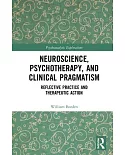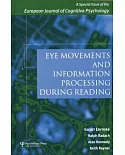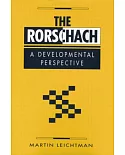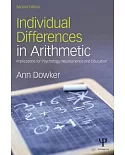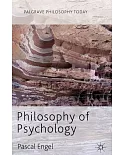One of the most important theoretical and empirical issues in the scholarly study of emotion is whether there is a correct list of ��asic��types of affect or whether all affective states are
better modeled as a combination of locations on shared underlying dimensions. Many thinkers have written on this topic, yet the views of two scientists in particular are dominant. The first is
Jaak Panksepp, the father of Affective Neuroscience. Panksepp conceptualizes affect as a set of distinct categories. The leading proponent of the dimensional approach in scientific psychology
is James Russell. According to Russell all affect can be decomposed into two underlying dimensions, pleasure versus displeasure and low arousal versus high arousal.
In this volume Panksepp and Russell each articulate their positions on eleven fundamental questions about the nature of affect followed by a discussion of these target papers by noted emotion
theorists and researchers. Russell and Panksepp respond both to each other and to the commentators. The discussion leads to some stark contrasts, with formidable arguments on both sides, and
some interesting convergences between the two streams of work.




